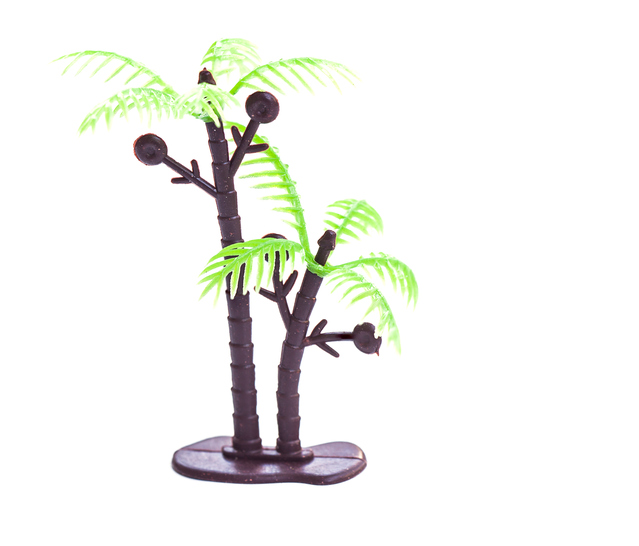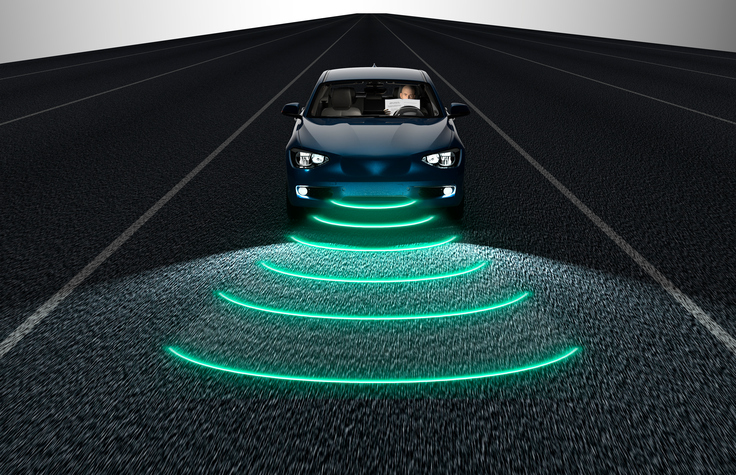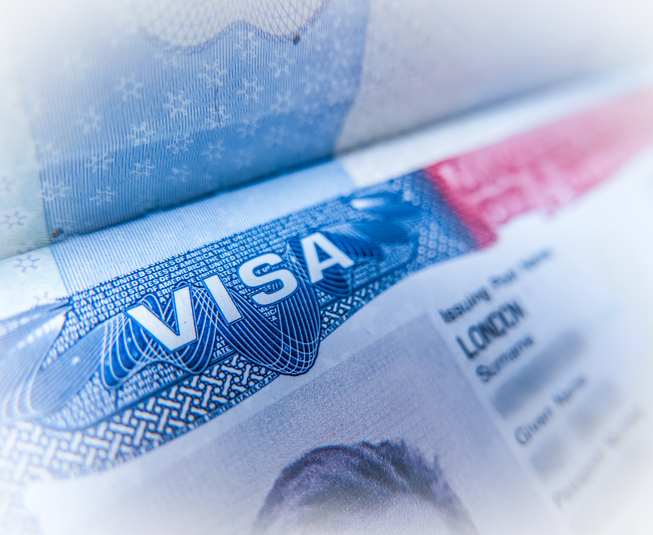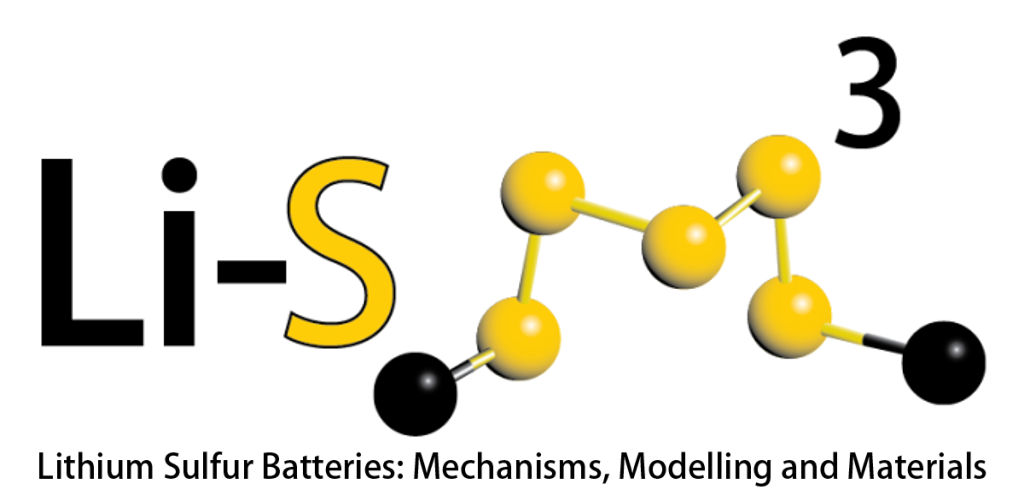 While most car companies are investing research efforts into electric and autonomous vehicles, Uber – the highly popular ride-sharing service – is attempting to stick out in the crowd of auto giants by developing a flying car.
While most car companies are investing research efforts into electric and autonomous vehicles, Uber – the highly popular ride-sharing service – is attempting to stick out in the crowd of auto giants by developing a flying car.
According to reports from Bloomberg, the company just took that goal one step further by hiring NASA veteran Mark Moore to work on company’s flying car project.
In less than a decade, Uber has changed the way many individuals think about transportation. Now, the company is looking to do that again. In October 2016, Uber announced plans for the “Elevate” network, which is set to function as a fleet of on-demand, electric aircrafts that take off and land vertically. Uber looks to implement Elevate within a decade.
Much like electric vehicles, the idea of the flying car is not new. In 1926, the concept even landed the cover of Popular Science. Still, there has never been a feasible technology to make this goal an actuality.


 In an effort to purify water, researchers from the University at Buffalo are using carbon-dipped paper to make dirty water drinkable.
In an effort to purify water, researchers from the University at Buffalo are using carbon-dipped paper to make dirty water drinkable. New technology that mimics the branches and leaves of a cottonwood tree can generate electricity with the help of the wind.
New technology that mimics the branches and leaves of a cottonwood tree can generate electricity with the help of the wind. When a May 2016 crash
When a May 2016 crash  The
The  The American Association for the Advancement of Science (AAAS) is calling on U.S. President Donald Trump to work with the world’s largest scientific organization to ensure the free flow of scientific talent from around the world.
The American Association for the Advancement of Science (AAAS) is calling on U.S. President Donald Trump to work with the world’s largest scientific organization to ensure the free flow of scientific talent from around the world.
